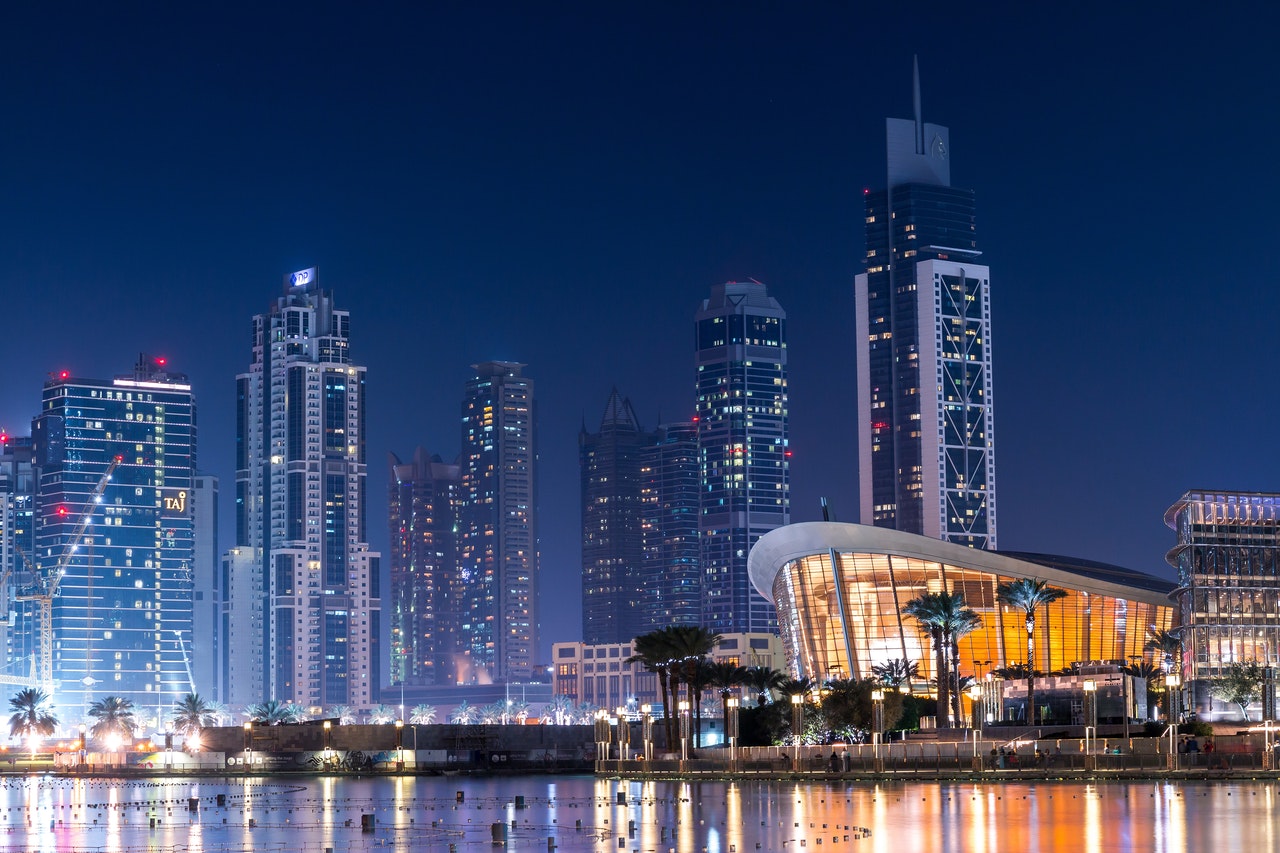The World Expo, which was initially held in London in 1851, is a global event at which nations collaborate to develop solutions to some of the world’s most pressing challenges. They usually involve engaging and immersive activities centered around progressive themes and highlight scientific and technological innovations, as well as economic and social progress. The most recent World Expo was held in Milan, Italy, in 2015, while the next one is scheduled to take place in Dubai in 2020. Expo 2020 Dubai, which will begin on October 20 of next year, is expected to draw 25 million visitors to the United Arab Emirates (UAE) and to account for 2.5 percent of Dubai’s gross domestic product during its six-month run.
In November 2013, Dubai was awarded Expo 2020, and it has since been working to develop the necessary infrastructure required to host millions of visitors. Among other architectural feats are the 65-meter-high Al Wasl Dome, which will project videos, and the Sustainability Pavilion, a zero-energy structure covered in solar panels and surrounded by paneled “energy trees.” The total estimated construction costs for the event are $7 billion. The total doesn’t include the pavilions for the attending countries, as their respective governments are managing construction and costs for those buildings.
Saudi Arabia
Apart from the UAE, Saudi Arabia will have the largest pavilion at Expo 2020 Dubai. The Kingdom’s pavilion is about the size of two football fields and was designed as a rectangular, reflective building that stands at an angle to symbolize a “window to the future” and in turn highlight Saudi Arabia’s unlimited drive and deep-rooted culture. The building was designed by Boris Micka Associates. Construction began in February 2019, and the pavilion was unveiled in April.
“This extraordinary and innovative design perfectly captures the determination of the Kingdom to fulfill its promise of being an ambitious nation while conveying a message of dynamism and partnership with the world,” noted Saudi Arabia’s Minister of Economy and Planning Mohammed Al-Tuwaijri. “All Saudis can be proud of the vision that this ground-breaking pavilion will deliver to the world, and we look forward to inviting global citizens to share in the exciting story of our thriving and vibrant society.”
Ireland
While Saudi Arabia is looking toward the future with its pavilion, Ireland has chosen to highlight its rich history. The country’s Expo 2020 pavilion, while not yet constructed, will be based upon its Stone Age Newgrange monument, which is believed to have been constructed more than 5,000 years ago and is older than both the Pyramids in Egypt and Stonehenge. Newgrange stands out for the fact that light only shines through it one day per year and Ireland will leverage artificial intelligence (AI) to recreate this at its Expo 2020 pavilion. Moreover, AI will be used to alter the pavilion’s theme and promote Irish education, trade, technology, and tourism. Ireland earned the bronze prize for theme development at the Milan Expo in 2015.
France
Dubbed “Lumière Lumières,” (Lights, Lights) the French pavilion at Expo 2020 will be built upon 4,200 square-meters of land in the Mobility District and embody the Age of Enlightenment which, led by French intellectuals, stressed concepts such as tolerance and knowledge exchange. The pavilion is being constructed by Atelier du Prado Architectes and Celnikier & Grabli and will feature daily light shows, a lounge bar for networking, relaxing gardens, and an innovation lab. Sustainability will be emphasized in its construction, and all parts of the building will be able to be reused after it is dismantled.
Belgium
Along the lines of the theme of sustainability, Belgium’s ark-inspired pavilion will be covered in lush greenery and emphasize natural light and ventilation. It will also fulfill its energy requirements from renewable resources. Upon completion, the pavilion is expected to produce more energy than it requires to operate via elements such as hanging gardens to create a carbon sink capable of storing 35 tonnes of carbon dioxide. The building will be constructed with recycled and recyclable products and, similar to France’s pavilion, will be designed to be dismantled and reused.
Canada
The Canadian pavilion, designed by Moriyama & Teshima, will be inspired by the country’s vast and diverse landscapes with elements of Middle Eastern architecture to represent Canada’s economic and cultural ties to the UAE. The pavilion will emphasize Canadian leadership in sectors such as AI, advanced technologies, aerospace, and clean energy. It will also include a 360-degree immersive theater that details Canada’s history.
Indonesia
At the heart of the Indonesia pavilion is its ambitious vision of Golden Indonesia 2045, which outlines the country’s goal of having one of the world’s top-five economies by 2045. In September 2019, construction began the pavilion, which will be inspired by Indonesia’s vibrant landscapes and culture. It will highlight the country’s high-quality products, investment opportunities, and tourism potential as a means of achieving its 2045 goals. Other areas of focus will include the country’s crude palm oil industry and its forest preservation activities.

